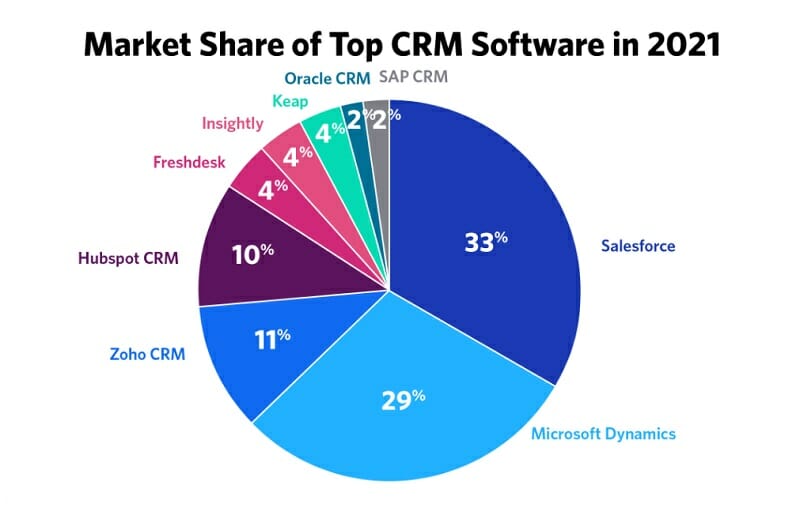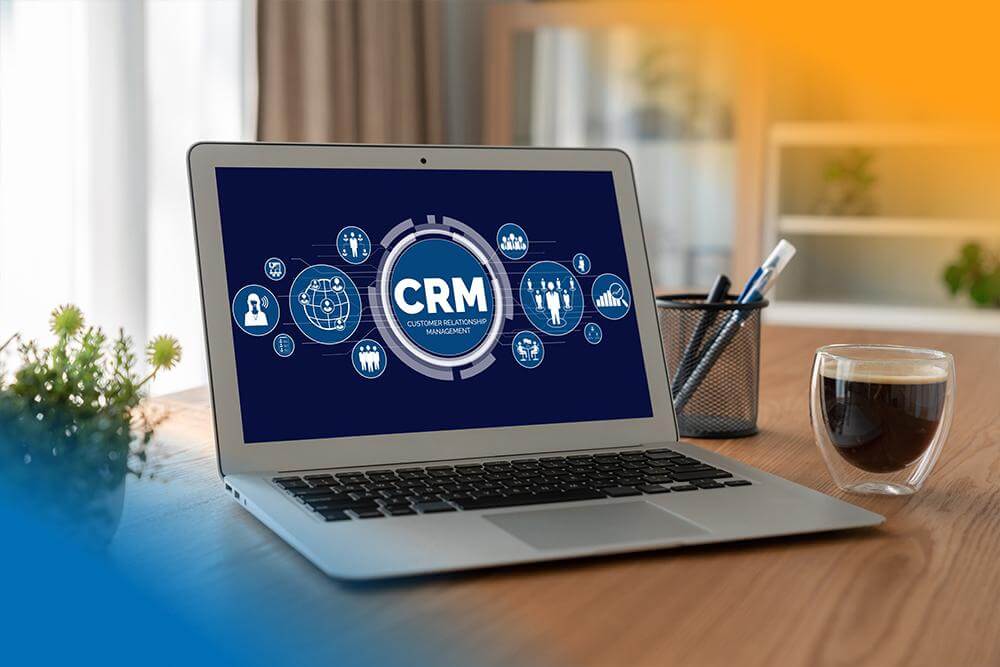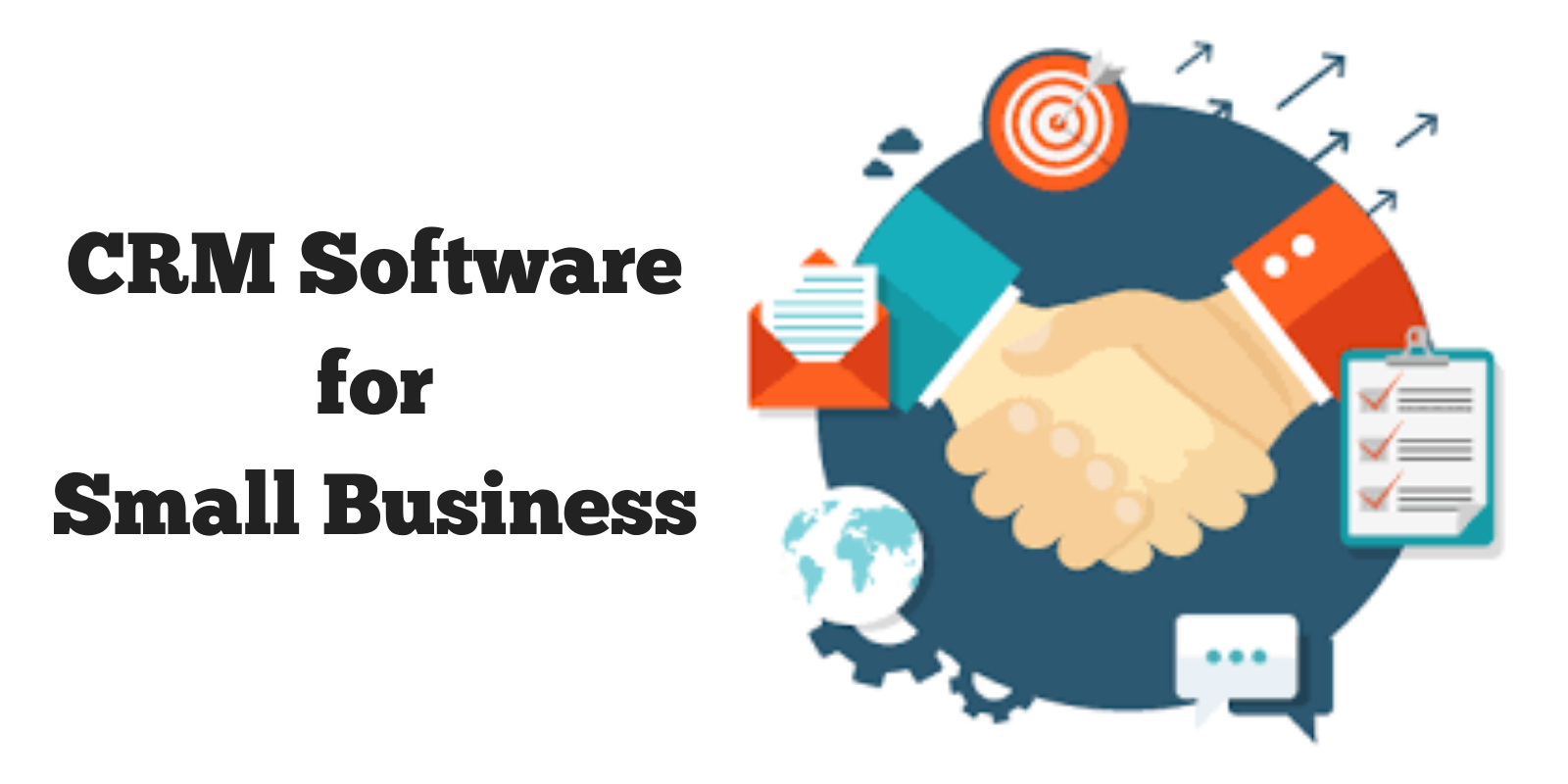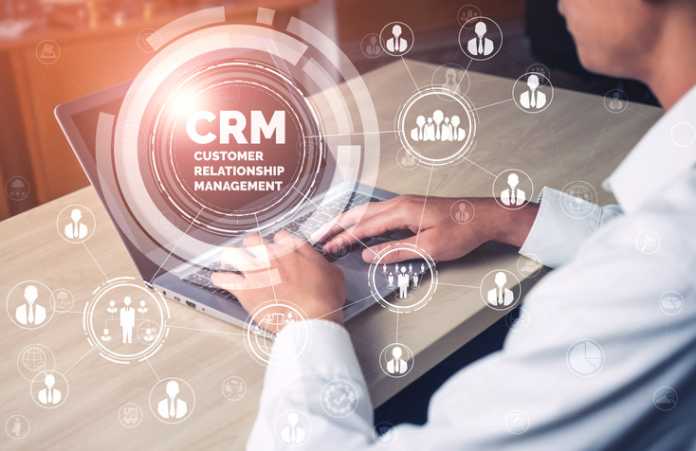
CRM Marketing Trends 2025: Navigating the Future of Customer Relationships
The world of Customer Relationship Management (CRM) marketing is in constant flux, evolving at a pace that can be both exhilarating and overwhelming. As we approach 2025, the landscape is poised for significant shifts, driven by technological advancements, changing consumer behaviors, and the ever-increasing importance of data-driven decision-making. This article delves deep into the CRM marketing trends that are set to shape the future, providing insights, strategies, and actionable advice to help businesses thrive in this dynamic environment.
The Rise of AI and Machine Learning in CRM
Artificial intelligence (AI) and machine learning (ML) are no longer futuristic concepts; they are integral components of modern CRM systems. By 2025, AI and ML will be even more deeply integrated, transforming how businesses interact with customers. Here’s how:
Personalized Customer Experiences
AI algorithms will analyze vast amounts of customer data to understand individual preferences, behaviors, and needs. This will enable businesses to deliver highly personalized experiences across all touchpoints, from website interactions to email campaigns and product recommendations. Imagine a customer receiving a product suggestion precisely when they need it, based on their browsing history and past purchases – that’s the power of AI-driven personalization.
Predictive Analytics for Proactive Engagement
ML models will predict customer churn, identify upsell and cross-sell opportunities, and anticipate customer needs before they arise. This proactive approach will allow businesses to engage customers at the right time with the right message, fostering loyalty and driving revenue growth. For example, a CRM system might predict that a customer is likely to cancel their subscription and proactively offer a discount or upgrade to retain them.
Automated Customer Service and Support
AI-powered chatbots and virtual assistants will become even more sophisticated, handling a wider range of customer inquiries and support requests. This will free up human agents to focus on more complex issues, improving overall efficiency and customer satisfaction. Think of the seamless experience of getting instant answers to common questions through a chatbot on a company’s website or app.
Key Takeaways for AI and ML Integration:
- Invest in CRM platforms with robust AI and ML capabilities.
- Train your team on how to leverage AI-powered insights.
- Focus on data quality and governance to ensure accurate AI predictions.
- Prioritize ethical considerations and data privacy.
The Importance of Data Privacy and Security
As data becomes increasingly central to CRM marketing, the importance of data privacy and security will continue to grow. Consumers are becoming more aware of how their data is collected, used, and protected, and they expect businesses to be transparent and responsible. By 2025, businesses will need to prioritize data privacy and security to build trust and maintain customer loyalty.
Compliance with Data Privacy Regulations
Regulations like GDPR, CCPA, and others will continue to evolve, and businesses must stay compliant. This includes obtaining explicit consent for data collection, providing users with control over their data, and implementing robust security measures to protect against data breaches. Non-compliance can result in hefty fines and reputational damage.
Building Trust Through Transparency
Be transparent with customers about how their data is collected, used, and protected. Provide clear and concise privacy policies, and allow customers to easily access, modify, or delete their data. This transparency fosters trust and builds stronger customer relationships.
Investing in Data Security Infrastructure
Implement robust security measures, such as encryption, access controls, and regular security audits, to protect customer data from unauthorized access and cyber threats. Consider using a secure CRM platform and regularly updating your security protocols. Think about using Multi-Factor Authentication (MFA) to enhance security.
Key Takeaways for Data Privacy and Security:
- Prioritize data privacy and security as a core business value.
- Stay informed about evolving data privacy regulations.
- Implement robust security measures and data governance practices.
- Be transparent with customers about data collection and usage.
The Rise of Hyper-Personalization
While personalization has been a trend for years, hyper-personalization takes it to the next level. It involves leveraging granular customer data to deliver highly customized experiences that resonate with individual preferences and behaviors. In 2025, hyper-personalization will be essential for standing out in a crowded marketplace.
Data-Driven Segmentation
Move beyond basic demographic segmentation and leverage data to create highly specific customer segments based on their behaviors, interests, and needs. Use this data to tailor your marketing messages and offers.
Personalized Content and Offers
Create personalized content, offers, and product recommendations based on individual customer profiles. This could include dynamic website content, personalized email campaigns, and tailored product bundles. It’s about showing customers that you understand their unique needs.
Real-Time Personalization
Deliver personalized experiences in real-time, based on customer interactions and behaviors. For example, if a customer abandons their shopping cart, trigger an automated email with a personalized offer to encourage them to complete their purchase. This level of responsiveness is key to capturing customer attention.
Key Takeaways for Hyper-Personalization:
- Invest in data analytics and segmentation tools.
- Develop personalized content and offers.
- Implement real-time personalization strategies.
- Continuously test and optimize your hyper-personalization efforts.
The Omnichannel Customer Experience
Customers interact with businesses across multiple channels, including websites, mobile apps, social media, email, and in-store. An omnichannel approach ensures a seamless and consistent experience across all these channels. By 2025, a truly integrated omnichannel experience will be a must-have for customer satisfaction and retention.
Seamless Channel Transitions
Enable customers to seamlessly transition between channels without losing context or having to repeat information. For example, a customer can start a conversation with a chatbot on your website and then seamlessly continue the conversation with a human agent via email or phone.
Consistent Branding and Messaging
Ensure that your brand messaging and visual identity are consistent across all channels. This reinforces your brand identity and builds trust with customers. It’s about projecting a unified brand image.
Personalized Interactions Across Channels
Leverage customer data to personalize interactions across all channels. This could include tailoring website content, email campaigns, and social media posts based on a customer’s past interactions and preferences. Make sure to personalize content across all channels.
Key Takeaways for Omnichannel Customer Experience:
- Integrate your CRM with all customer-facing channels.
- Develop a consistent brand identity and messaging.
- Personalize interactions across all channels.
- Continuously monitor and optimize the omnichannel experience.
The Importance of Mobile-First CRM
Mobile devices are the primary way many people interact with the world. By 2025, a mobile-first approach to CRM will be crucial for reaching customers where they are. This includes optimizing CRM systems for mobile devices and leveraging mobile-specific features.
Mobile-Optimized CRM Platforms
Choose a CRM platform that is fully optimized for mobile devices, with a responsive design and intuitive user interface. Ensure that your sales and marketing teams can access and manage customer data from anywhere.
Mobile-Specific Features
Leverage mobile-specific features, such as push notifications, location-based services, and mobile payments, to engage with customers and drive conversions. Push notifications can be used for everything from appointment reminders to promotional offers.
Mobile Marketing Strategies
Develop mobile-first marketing strategies, such as SMS marketing, mobile advertising, and mobile-friendly email campaigns. Make sure your website and landing pages are mobile-responsive. Mobile is no longer just an add-on; it’s the primary way many customers interact with businesses.
Key Takeaways for Mobile-First CRM:
- Choose a mobile-optimized CRM platform.
- Leverage mobile-specific features.
- Develop mobile-first marketing strategies.
- Prioritize a seamless mobile experience.
The Role of CRM in Customer Journey Mapping
Understanding the customer journey is essential for delivering a positive customer experience. CRM systems can play a crucial role in mapping and optimizing the customer journey. In 2025, businesses will be more focused on mapping and optimizing the customer journey to improve customer satisfaction and loyalty.
Mapping Customer Touchpoints
Use your CRM system to map all the touchpoints where customers interact with your business, from initial awareness to post-purchase support. This includes website visits, social media interactions, email communications, and customer service interactions.
Analyzing Customer Behavior
Analyze customer behavior at each touchpoint to identify pain points, opportunities for improvement, and areas where you can personalize the experience. Use data to understand what works and what doesn’t.
Optimizing the Customer Journey
Use the insights gained from customer journey mapping to optimize the customer experience. This could involve streamlining processes, personalizing interactions, or improving customer service. Constantly iterate and refine the customer journey based on customer feedback and data analysis.
Key Takeaways for Customer Journey Mapping:
- Use your CRM to map customer touchpoints.
- Analyze customer behavior at each touchpoint.
- Optimize the customer journey based on data and feedback.
- Continuously monitor and refine the customer journey.
The Convergence of Sales, Marketing, and Customer Service
Historically, sales, marketing, and customer service have often operated in silos. However, as we move towards 2025, the lines between these departments will blur, and they will work more closely together to provide a unified customer experience. Integrated CRM systems will be critical for facilitating this convergence.
Shared Customer Data
Ensure that all departments have access to the same customer data, including past interactions, preferences, and purchase history. This allows everyone to have a complete understanding of the customer.
Collaborative Workflows
Implement collaborative workflows that allow sales, marketing, and customer service teams to work together seamlessly. This could include shared dashboards, automated workflows, and integrated communication tools.
Unified Customer View
Provide a unified view of the customer, so that all departments can see the complete customer journey and understand their needs. This will enable them to provide a more personalized and consistent customer experience.
Key Takeaways for Convergence:
- Break down departmental silos.
- Implement shared CRM data and collaborative workflows.
- Provide a unified customer view.
- Foster a culture of collaboration and customer-centricity.
The Rise of CRM in B2B Marketing
While CRM has long been a staple in B2C marketing, its importance is growing in the B2B space. In 2025, B2B businesses will increasingly rely on CRM to manage complex sales cycles, nurture leads, and build long-term relationships.
Account-Based Marketing (ABM)
CRM systems will be essential for implementing Account-Based Marketing (ABM) strategies, which focus on targeting specific accounts with highly personalized marketing and sales efforts. ABM will become more sophisticated and data-driven.
Lead Nurturing
Use CRM to nurture leads through the sales funnel, providing them with relevant content and offers to move them closer to a purchase decision. Lead nurturing will be automated and personalized.
Sales Enablement
Provide sales teams with the tools and resources they need to succeed, including access to customer data, sales collateral, and automated workflows. Sales enablement will be integrated with CRM systems.
Key Takeaways for B2B CRM:
- Implement ABM strategies.
- Use CRM for lead nurturing.
- Integrate sales enablement tools with your CRM.
- Focus on building long-term customer relationships.
The Role of CRM in Sustainability and Social Responsibility
Consumers are increasingly interested in supporting businesses that are committed to sustainability and social responsibility. In 2025, CRM systems will play a role in helping businesses demonstrate their commitment to these values.
Tracking and Reporting on Sustainability Efforts
Use your CRM to track and report on your sustainability efforts, such as reducing carbon emissions or using sustainable materials. This data can be used to communicate your commitment to customers.
Supporting Socially Responsible Initiatives
Use CRM to support your socially responsible initiatives, such as charitable giving or community involvement. This can include tracking donations, managing volunteer efforts, and communicating with stakeholders. It’s about showing customers that you care.
Building a Sustainable Brand
Integrate sustainability and social responsibility into your brand messaging and customer interactions. Communicate your values to customers and demonstrate your commitment to making a positive impact on the world. This builds brand loyalty and attracts conscious consumers.
Key Takeaways for Sustainability and Social Responsibility:
- Track and report on your sustainability efforts.
- Support socially responsible initiatives.
- Integrate sustainability into your brand messaging.
- Communicate your values to customers.
Choosing the Right CRM Platform for 2025
Selecting the right CRM platform is crucial for success. As we approach 2025, businesses should consider these key factors when choosing a CRM:
AI and ML Capabilities
Choose a platform with robust AI and ML capabilities to personalize customer experiences, predict customer behavior, and automate tasks. The more AI-powered features, the better.
Data Privacy and Security Features
Prioritize platforms with strong data privacy and security features, including encryption, access controls, and compliance with data privacy regulations. Ensure the platform aligns with your values.
Omnichannel Capabilities
Select a platform that supports a seamless omnichannel experience, with integrations across all customer-facing channels. This is the future of customer interaction.
Mobile-First Design
Choose a platform with a mobile-first design and a responsive user interface, so that your team can access and manage customer data from anywhere. Mobile access is paramount.
Integration Capabilities
Ensure that the platform integrates with your existing marketing automation, email marketing, and other business systems. Integration is key to efficiency.
Scalability
Choose a platform that can scale to meet your future needs as your business grows. Consider future growth when making your decision.
User-Friendliness
Select a platform that is easy to use and has a user-friendly interface. This will increase user adoption and improve productivity. A good user experience is crucial.
Conclusion: Embracing the Future of CRM Marketing
The CRM marketing landscape is evolving rapidly, and businesses that embrace these trends will be best positioned for success. By investing in AI and ML, prioritizing data privacy and security, embracing hyper-personalization, delivering an omnichannel experience, and adopting a mobile-first approach, businesses can build stronger customer relationships, drive revenue growth, and thrive in the years to come. The future of CRM marketing is about understanding your customers better than ever before and delivering experiences that are both personalized and meaningful. Now is the time to prepare for the changes ahead and to position your business for success in the dynamic world of CRM marketing in 2025 and beyond.


